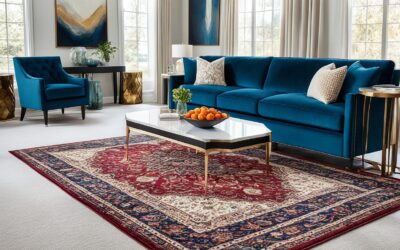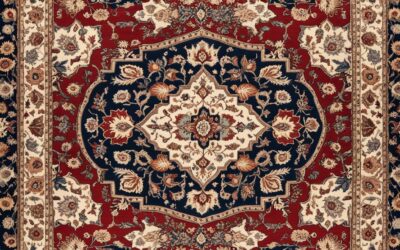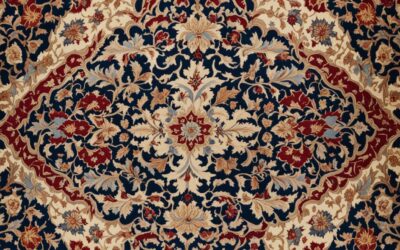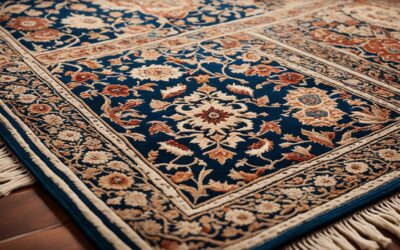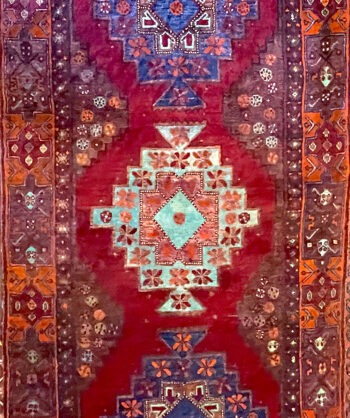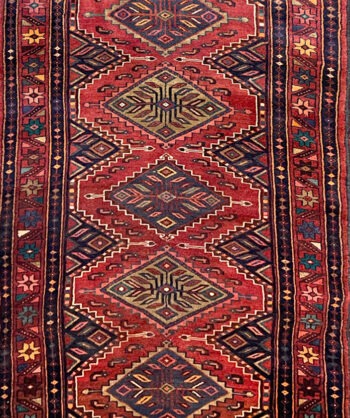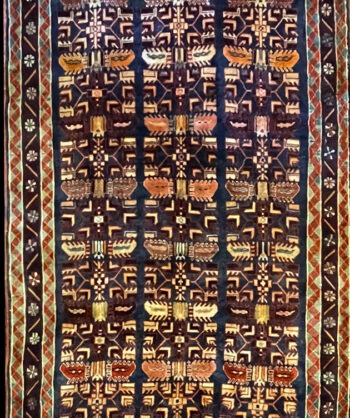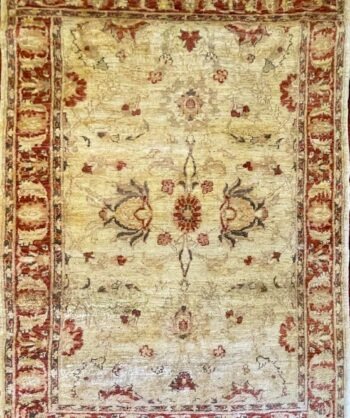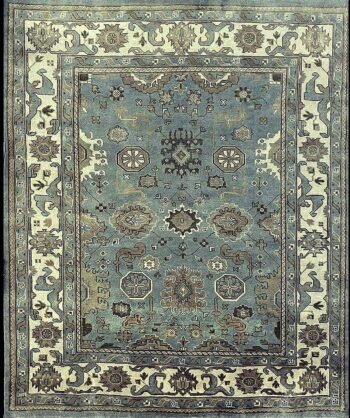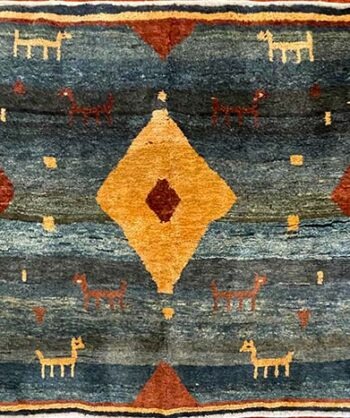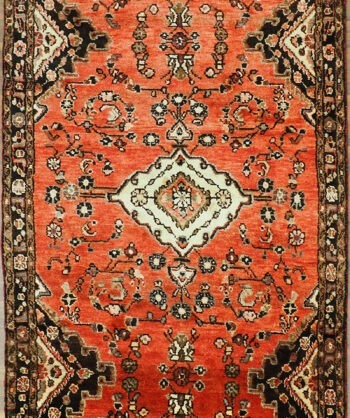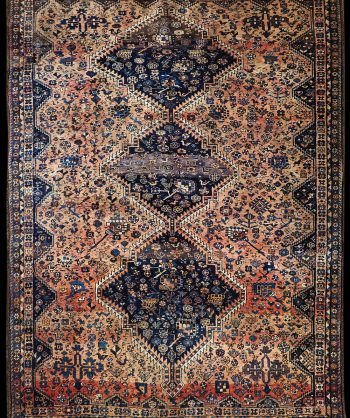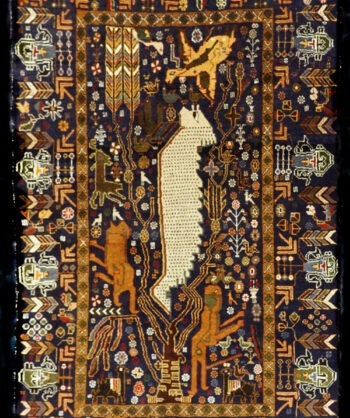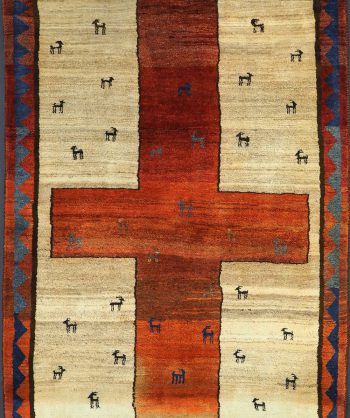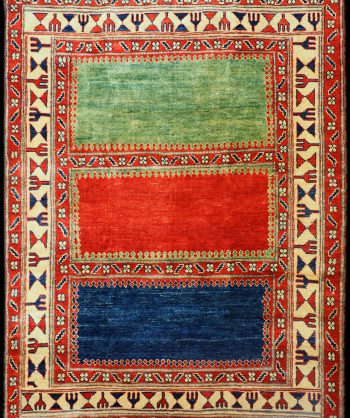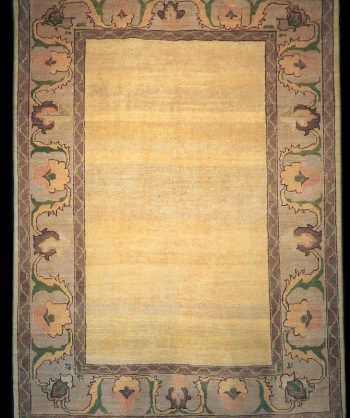Table of Contents
Persian carpets have a long history, starting in ancient Persia (now Iran). They are famous for their detailed designs, bright colors, and superb quality. These rugs are more than just floor coverings. They are seen as art pieces that reflect tradition and mesmerize anyone who sees them.
Over time, Persian rugs have changed, giving us different styles. Each style is special in its design and look. We will explore the origins, making, and various styles of these luxury carpets.
Key Takeaways:
- Persian carpets started in ancient Persia, now the country of Iran
- They are well-known for their detailed designs and lively colors
- Real Persian carpets are seen as art
- There have been many styles of Persian rugs over the years
- This guide will talk about the history, how they are made, and the different styles of Persian carpets
A History of Persian Rugs
The story of Persian rug making goes back over 2500 years. It started in ancient Persia, what is now Iran. Here, nomadic tribes first made rugs for warmth and protection.
As the years went on, making rugs became more of an art. It showed off the creativity and skill of the Persian people. Rulers and different cultures influenced the designs and patterns over time.
Persian rugs became well known by the time of Cyrus the Great. He led the Achaemenid Empire in the 6th century BCE. The empire’s wide trade networks helped spread rug-making skills and designs.
The Safavid Dynasty marked a high point for Persian rugs (1501-1722). Its rulers really supported the craft. This support led to rugs with intricate designs, bright colors, and careful weaving.
“Persian rugs are not just floor coverings; they are works of art that tell the stories of a rich cultural heritage.”
Economic and social changes didn’t stop the Persian rug tradition. Today, Iran is still a leader in making these beautiful rugs. Collectors and fans all over the world love them.
Every Persian rug is a mix of craftsmanship, culture, and local style. These designs often show nature, with hidden meanings in the symbols. Persian rugs are known for lasting a long time, looking good, and being a treasured part of any home.
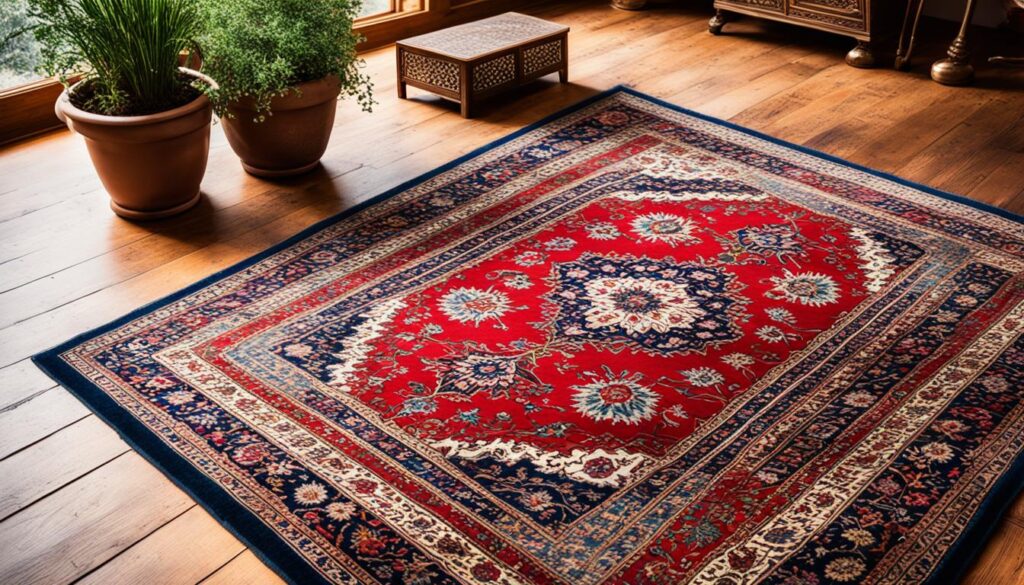
Rug Weaving Techniques and Materials
Making Persian rugs by hand is a detailed process. Skilled weavers tie each thread into place to make a strong, thick rug. They use special knotting techniques, like the Persian and Turkish knots.
Only natural materials are used to make Persian rugs. This includes wool, silk, and cotton. Wool is the favorite because it’s strong, soft, and holds dye well. Silk rugs shine beautifully and are made for special designs and times.
By using old techniques and the best materials, Persian rugs stand out for their quality and lasting beauty.
| Rug Name | Origin | Distinct Characteristics |
|---|---|---|
| Tabriz | Tabriz, Iran | Intricate floral and medallion designs, renowned for their meticulous craftsmanship. |
| Isfahan | Isfahan, Iran | Graceful patterns, delicate colors, and silk accents, creating an air of elegance. |
| Kerman | Kerman, Iran | Elaborate floral motifs, vibrant colors, and fine craftsmanship, capturing the essence of Persian rug making. |
| Heriz | Heriz, Iran | Geometric patterns, bold color palettes, and durable construction, ideal for high-traffic areas. |
The Making of Persian Rugs
Persian rugs are known worldwide for their beautiful designs. They are a symbol of tradition and art. Today, we will explore how these carpets are made.
Persian Rug Weaving Techniques
The skill of making Persian rugs has been passed through families for centuries. Artisans carefully weave each rug by hand. They use methods that have been improved over many years.
This process starts with choosing the best materials. They select top-grade wool, silk, and cotton. These materials help make the rug strong, soft, and elegant.
Persian Rug Materials
Wool is the key material for Persian rugs. It’s tough and can handle a lot of use. Plus, it keeps the rug warm and feels nice underfoot.
Silk adds a shiny look and a soft feel to the rugs. It’s used for special patterns and to make the rug look more luxurious. Mixing silk with wool creates an interesting texture.
Cotton forms the base of the rug. It’s used because it is strong and long-lasting. It provides a solid structure for the soft wool or silk woven on top.
The Weaving Process
Weaving a Persian rug includes making its visible and supporting parts. Skilled workers are needed to complete this part of the process.
They start by setting up a loom with strong threads called warps. This creates the base of the rug.
Then, they weave wefts, which are threads placed over and under the warps. Cotton is usually used for the wefts. This step creates a stable foundation for the rug.
The most intricate part is weaving the pile, where the beautiful designs appear. Weavers tie knots around the warps using colored wool or silk. The design’s complexity and beauty depend on the knot count and the weaver’s skill.
This weaving can take from months to years. It all depends on the rug’s size and level of details. Making a Persian rug requires time, care, and a deep knowledge of weaving.
Finally, after all these steps, a Persian rug is born. It expresses the cultural traditions and crafting skills of its makers. These rugs can be used as luxurious decor or cherished as family treasures. They are a proof of the lasting charm of handmade carpets.
Various Persian Rug Styles
Persian rugs are famous for their fine work and lasting beauty. Each Persian rug type has its own special features and patterns. These reflect the differences in areas and cultures of Persia. Learning about Persian rug styles can deepen your understanding and enjoyment, whether you collect them or just love beautiful things.
The Tabriz rug is popular for its many designs and quality materials. Often, they show detailed middle patterns and border designs that attract the eye. They make any room look amazing.
Heriz rugs stand out with their bright colors and bold shapes. These features make them lively and add character wherever they are placed. They’re known for bringing warmth to a room.
Kashan rugs are loved for their detailed floral patterns in soft colors. A central medallion surrounded by other intricate designs is a common feature. Collectors and rug lovers admire their fine work and care in crafting.
If you like a simpler look, the Gabbeh rug may be for you. Made by nomadic tribes, they often showcase strong geometric patterns and natural colors. These rugs make a space feel cozy and real.
Isfahan rugs are famous for their symmetrical and detailed designs. They use delicate flower and arabesque. These details give an air of sophistication and beauty to the room.
The Nain rug is a good pick for a light and calm space. They feature soft floral patterns on a light background, making the room feel peaceful and classy. They are a mark of elegance and good taste.
There’s a Persian rug out there for every style and taste. You might like the bold look of a Heriz rug or the delicate motifs of a Kashan rug. No matter your choice, a traditional Persian rug brings cultural value and art to your home. It’s not just a decor choice; it’s history and culture in a unique form.
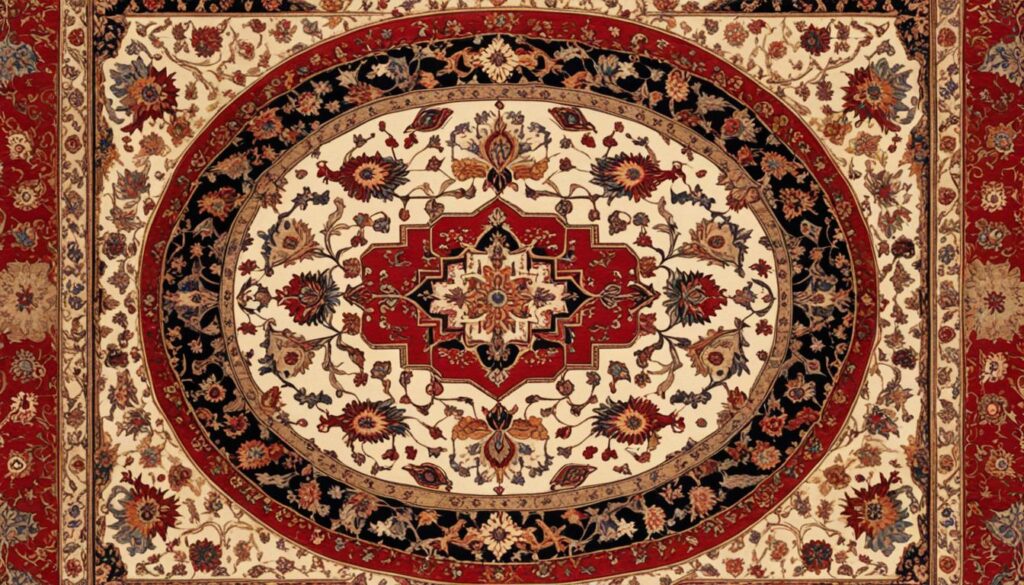
| Rug Style | Characteristics |
|---|---|
| Tabriz | Diverse patterns, high-quality materials |
| Heriz | Bold colors, geometric designs |
| Kashan | Floral patterns, intricate designs |
| Gabbeh | Simple, tribal influences |
| Isfahan | Intricate patterns, symmetrical designs |
| Nain | Delicate floral motifs, light background |
Conclusion
Persian carpets are more than beautiful floor coverings. They are cherished pieces of art. The detailed designs and quality work they show make them special. Our guide has dived into their history and styles, giving you a real sense of their beauty and importance.
Getting an authentic Persian carpet means going to the best sellers. They give you info on where the rug comes from, what it’s made of, and how it’s made. A top-notch Persian carpet boosts your home’s look. It’s also a smart choice since these rugs keep their value.
This guide is for anyone interested in Persian rugs, whether you’re starting out or know a lot. With this info, you can choose the best piece for your home. Go ahead and search for that perfect rug. Trust the top Persian carpet sellers. Welcome the charm and skill of Persian carpets into your home. It will make your place feel grand.
FAQ
What is the history of Persian rugs?
Persian carpets have a long history going back over 2500 years. They started with nomads who weaved rugs for warmth. Over time, these rugs became famous worldwide thanks to trade during the Safavid Dynasty. Various rulers’ influences and cultural exchanges shaped the unique styles and patterns of Persian rugs.
How are Persian rugs made?
Persian rugs are crafted by hand, using a precise weaving method. Skilled weavers use materials like wool, silk, and cotton. Wool is the most common choice for its strength and availability. Cotton often makes the base for more luxurious rugs. Silk is favored in high-quality pieces for its softness and sheen.
The weaving process is complex. It starts with strong threads called warps. These are stitched together with wefts to form the foundation. The patterns are then meticulously crafted by tying knots of silk or colorful wool around the warps.
What are some popular Persian rug styles?
Persian rugs come in many styles, like Tabriz with its varied patterns and fine materials. Heriz rugs stand out with bright colors and sharp designs. Kashan rugs are known for elegant flowers and detailed patterns. Gabbeh rugs are simple, reflecting tribal roots.
Isfahan rugs feature intricate, symmetrical designs, while Nain rugs have light floral patterns. Each style reflects its Persia region’s culture and artistry.
Why should I purchase an authentic Persian carpet?
Buying a Persian carpet means bringing a piece of rich history and luxury into your space. They are not only beautiful but also hold their value over time. This makes them a wise investment for collectors and home decorators.
When buying, it’s crucial to go with a trusted seller. They can offer insights on the rug’s origin, materials, and crafting process.


